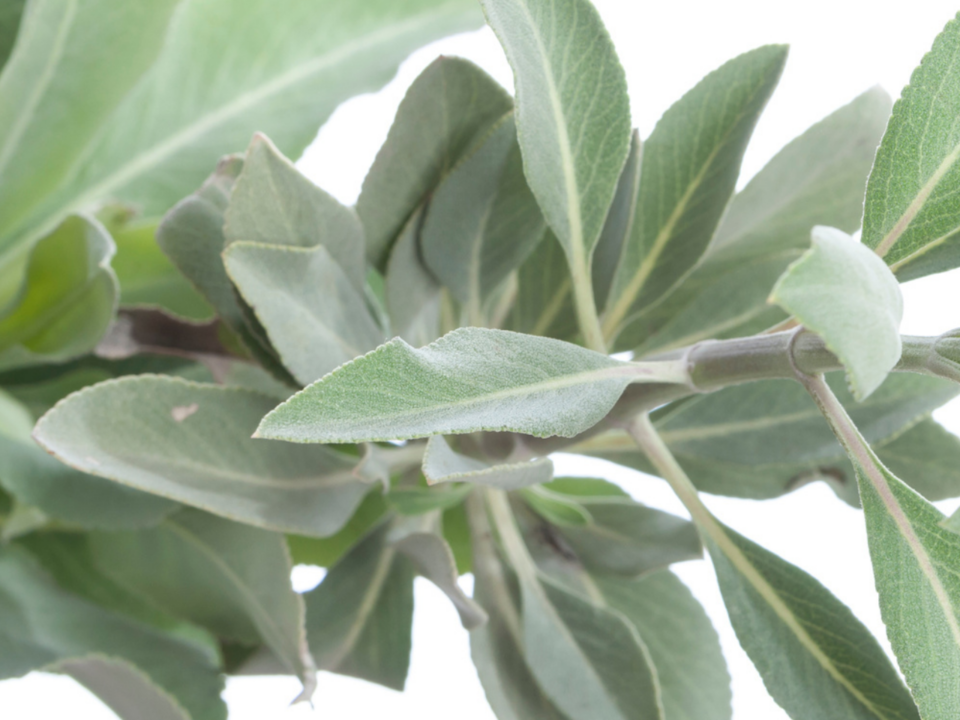Louisiana’s ecosystem is a blend of swamps, bayous, and fertile plains, and the humid conditions allow for a diverse wildlife population to thrive. In addition to the animals that live here, there is a diverse collection of native plants that hide in the swamps and are spread out in the flat lands. Many of these native plants offer unique health benefits to people, from leaves you can put onto a cut to vines you can brew.
So next time you’re on a nature walk or exploring a garden, look for the following native Louisiana plants. Finding plants and discussing their properties with children can ignite an interest in science and Botany.
However, while these plants have medicinal potential, consuming or using them without proper knowledge can be dangerous, as parts of some plants are poisonous. We do not encourage people to eat or use the following plants.
1. Ilex Vomitoria, Yaupon Holly
Growth: Grows as a shrub or small tree.
Description: Bright red berries with white flowers.
Habitat: Low woods, hammocks, and sandy pinelands.
Benefits: Leaves and branches contain caffeine and are rich in antioxidants, which can decrease inflammation.
Potential Risk: While there are no specific reports of toxicity for this species, some fruits within its genus contain saponins and are mildly toxic. If consumed in large quantities, these can cause vomiting, diarrhea, and stupor.
Yaupon Holly has been used as holiday decorations in the wintertime because of its bright red berries and shiny evergreen leaves. But this plant has more to offer than just Christmas decor. According to the United States Department of Agriculture, Indigenous tribes used these plants for several reasons, including making tea with the leaves and shoots, boiling the inner bark as an eyewash, and using the wood to make arrows and ramrods that were used for hunting and fishing.
2. Passiflora Incarnata, Passion Flower
Growth: Grows as a vine (climbs or on the ground).
Description: Flowers are light pink, blue, or purple with wave-like fringe.
Habitat: Prairies, plains, meadows, streams, and riverbanks.
Benefits: Natural remedy for anxiety, insomnia, and nervous disorders.
Potential Risks: This may cause drowsiness, uncoordinated movement, and confusion.
The Passion Flower has a unique look once it blooms because of the hair-like fringe that comes from the bud. Some Indigenous tribes have used this flower, taking the vine and brewing tea to alleviate nervousness and anxiety. Its calming effects on the nervous system have been revered for centuries, making it a staple in traditional herbal medicine across various cultures. In the past, these leaves have also been crushed and applied to cuts and bruises, which have offered relief and promoted healing.
3. Callicarpa Americana, American Beautyberry
Growth: Grows as a shrub.
Description: Green leaves with bright purple berries.
Habitat: Shady, wooded areas.
Benefits: Used to treat malarial fevers and rheumatism.
Potential Risks: Many wild species depend on these berries; by eating them, you’re taking away from the wildlife.
These vibrant berries are not just ornamental; they contain antioxidants that can boost the immune system. The berries have been used to make jellies and wines. Traditional uses include utilizing the root in sweat baths to treat rheumatism and malaria, while root tea was brewed to help with stomach aches.
4. Salvia Apiana, White Sage
Growth: Grows as a shrub.
Description: Silver-white leaves with clusters of white flowers with lavender streaks.
Habitat: Sandy soils and open woodlands.
Benefits: The leaves and stems are used for smudging.
Potential Risks: Avoid consuming common sage in large amounts if you have a seizure disorder due to its significant thujone content, which can trigger seizures.
White Sage has a significant cultural and medicinal role. Historically, the seeds were consumed, which can be eaten raw or cooked. Its aromatic leaves were also utilized in herbal teas to alleviate sore throats and respiratory congestion. Today, the leaves and stems are used for smudging rituals, offering purifying and cleansing properties to spaces and individuals.
Amidst Louisiana’s lush landscape, these native plants serve as reminders of the interconnectedness between nature and human health. While each of these plants has medicinal potential, it’s crucial to approach their use with respect and understanding while acknowledging both their benefits and potential risks. ■





